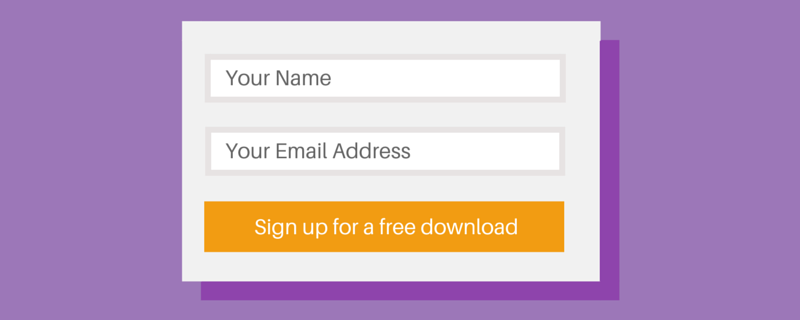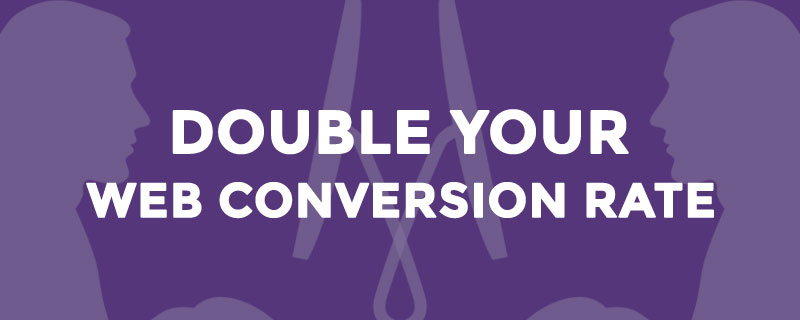BLOG
5 Tips to Double Website Conversion Rate
Getting website traffic is a great start, but it doesn’t guarantee sales. In order to get sales, you must convert potential leads into buying customers. Have you been frustrated because you keep coming across the same conversion optimisation best practices or extensive guides for A/B testing? While there is nothing wrong with these methods, you need something that you can put into practice that will yield fast results. The following five tips will get you on your way to doubling your conversion rate quickly and easily.
Implement a regular content creation and promotion schedule
This strategy may seem obvious, but it’s something that many companies tend to overlook. Regular content creation and promotion doesn’t just happen on its own. You must take time every month to put together a new schedule, and you must make brainstorming an ongoing process so that the ideas keep flowing. If you establish a schedule and get in the habit of working two or three weeks ahead, you can rearrange publishing and promotion as needed when things get busy or you get stuck on ideas for a few days, allowing you to keep putting out new content all the time.
Many organisations get overwhelmed at the idea of scheduling new content every day or nearly every day. Aim to publish three or four longer pieces each month, such as ebooks, white papers, and webinars. In between these pieces, schedule shorter content, such as blog posts, articles, industry news, and company updates.
Launch a pop-up banner
You see pop-up banners everywhere online these days. The general consensus is that they’re annoying. However, they’re also very effective. You don’t need an attractive pop-up banner for it to work well, although putting together an engaging graphic will certainly help. You can use a traditional pop-up banner to ask for contact information, or you can use a banner to send site visitors to other resources, such as testimonials and video product demonstrations.

Use thank you pages
The best time to sell is right after you’ve made an initial sale. Whether you have an ecommerce website or you use your site strictly for lead generation, a thank you page is key. Most thank you pages are basic and generic with a message that reads something like, “Thank you for shopping with our company. Your order will be shipped shortly.” This type of page is better than nothing, but there is lots of room to expand from here. For example, after the previous message, you can add, “While you’re waiting, download one or more of the following ebooks,” with links to the ebooks. You’ll be shocked at how much this simple addition to your website will start increasing your conversion rate.
Start interlinking your posts
One of the best places to start with interlinking is a sitemap. The sitemap ensures that Google and other major search engines can index all of your website pages. Once you have a sitemap set up, you have to figure out how to keep your users involved in the same manner. The longer people stick around your site, the more likely it is that they’ll buy products or sign up for services. Think about including links to several related articles at the end of each blog post. You may even be able to use a plugin, such as the Yet Another Related Posts Plugin, to do this for you. You can also add links to older articles within the article text itself.

Create a valuable free giveaway
Most giveaways aren’t actually very meaningful to a target audience. Even if it is something that they want, most likely it doesn’t improve their lives in any significant way. Ask your audience this question: “What’s the biggest thing that you’re struggling with right now when it comes to [related problem]?” You can solicit responses via email or social media. Then use their answers to create a truly exceptional giveaway, such as a free in-depth course or a tangible item that you’ll ship in the mail. The giveaway should leave people wondering: “If this company is giving this item away for free, I wonder what the paid products and services are like?”
Conversion rate optimisation is a top priority for digital marketers. You simply can’t run a website without having to think about how you’ll turn more visitors into customers. This process is ongoing. As such, you should review your conversion rates on a regular basis and make changes as needed. If any of these tactics are no longer working as well as they worked initially, don’t be afraid to tweak them.
Icon used in featured image designed by Luis Prado from the Noun Project











